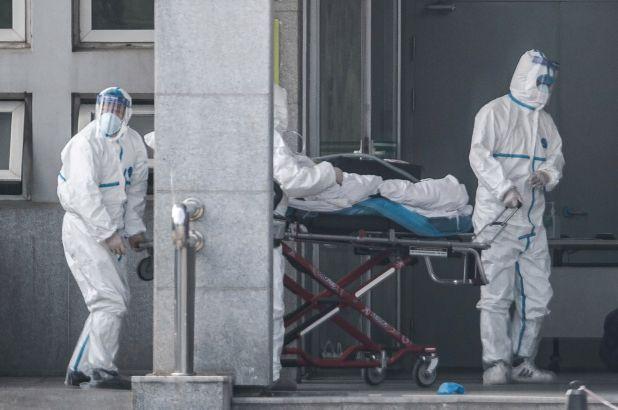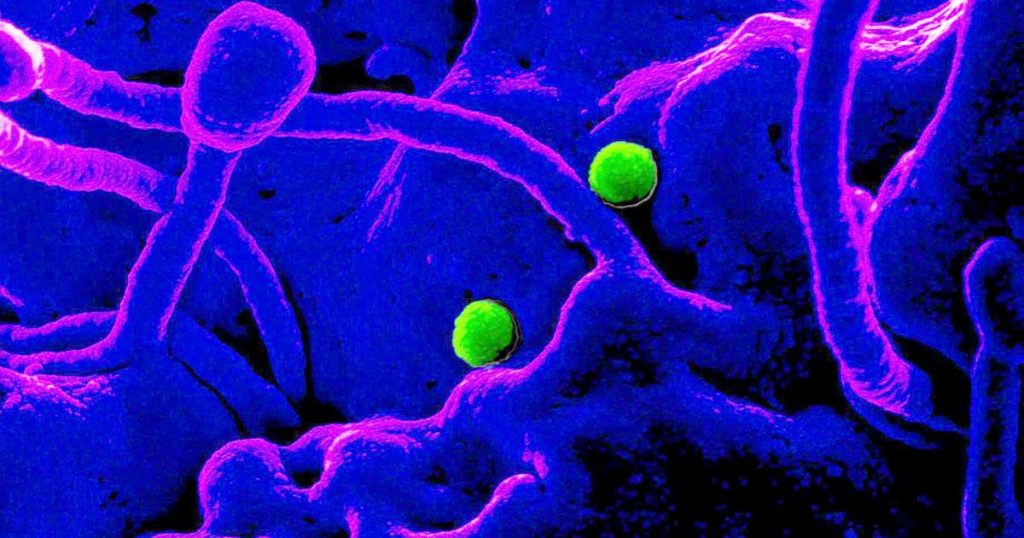All questions about mysterious Chinese virus: what to do?

Seventeen patients died in the meantime from the new coronavirus that first appeared at the end of last year in the Chinese metropolis of Wuhan.
Almost 600 people became infected with it. That number rose faster than expected because the virus also appeared to be transmissible from person to person. In the meantime, China shut down Wuhan to prevent further spread as much as possible. Panic is not necessary, but, as always, vigilance is required. What do we know about the so-called 2019-nCoV virus and can we do something about it ourselves?
1. What is 2019-nCoV virus?
The 2019 nCoV virus is a hitherto unknown variant of the coronavirus. Two other known options are SARS (severe acute respiratory syndrome) and MERS (Middle East respiratory syndrome), which struck at the end of 2002 and 2014, respectively. Coronaviruses cause a large percentage of the common cold in adults. But an infection can also be fatal. As with SARS, the symptoms resemble those of flu with fever and cough. Respiratory problems may occur at a later stage and the virus may move to the lungs.
2. Where does it come from?
The 2019 nCoV virus probably originated at an animal market in Wuhan, a city in the Chinese province of Hubei, with 11 million inhabitants. The market was closed. However, the exact source has not yet been identified and can therefore not be switched off. According to a team of Chinese scientists, the virus was first transmitted from a snake to a human, writes the South China Morning Post. That a reptile would be at the basis, would be a first. Usually, mammals are the spreaders. At MERS, they were camels, at SARS the Civet cat.

Initially, it was thought that the 2019-nCoV virus was only transmissible from animal to human, but it also appears to be transmitted from human to human. Among other things, via droplets in the air when someone coughs or sneezes. This accelerates the spread.
3. Does it happen outside China?
Yes, it does. A total of nine cases of the new coronavirus have also been identified in Thailand, Japan, South Korea, Taiwan, the autonomous Chinese cities of Macao and Hong Kong, and the USA. Not yet in our continent Africa: the time of filing this report. A plane from Wuhan landed in Rome today of the more than two hundred people on board, and the body temperature was recorded with a special scanner at Fiumicino airport. As far as we know, no carriers of the virus have been identified.
The World Health Organization (WHO) did not declare the outbreak of the virus yesterday as a global emergency but is following the matter carefully and is today in principle, coming up with a new statement. “It is still too early to have all the necessary information,” says virologist Marc Van Ranst of KU Leuven. “The incubation period is approximately one week. In China, there is not yet sufficient insight into the secondary cases, the people who got the virus from someone else.” Van Ranst does expect that the WHO will consider the outbreak of the Wuhan virus as a “medical emergency of international concern”. This would mean an international approach to the problem, as was previously the case with the Ziza virus and the Ebola outbreak.
4. How deadly is it?
The 2019-nCoV virus can be lethal but is usually not. If the lungs no longer supply the body with sufficient oxygen due to the condition, other organ functions may fail, or complications may occur in patients who are already suffering from certain diseases, such as diabetes. For example, the virus can lead to death. In the comparable SARS, around 800 patients died in 2003. The mortality rate at that time was somewhere between 5 and 15 percent.
Seventeen people have died so far from the 2019 NCoV virus. Almost 600 patients are known to be infected with the virus, but not everyone reports immediately, and estimates go as far as thousands. Because it is not known how many people have contracted the virus, it is impossible to express in percentages exactly how deadly the infection is. “It does look as if the fatalities so far have mainly been older people, and patients who already had a clinical picture,” Van Ranst knows. According to the Chinese news agency Xinhua, the seventeen people who have succumbed to the virus so far are between 48 and 89 years old. The professor adds that a vaccine will most likely not be on the market for the first year. “And no antivirals either.” In principle, the immune system of healthy people should be able to cope with the virus.
5. What can you do about it?
Take the same precautions to prevent a flu infection: good hygiene, such as washing hands, and not coming into contact with sick people, as far as you know, of course. When traveling to China, it is best to avoid markets with live animals, just like street stalls where you don’t see how the food is prepared. “But that’s actually always true,” says Van Ranst.
In the meantime, China has also quarantined the metropolis of Wuhan. A decisive and not self-evident measure for which the country receives praise. Public transportation is flat in Wuhan, and the airport and train stations are closed to departing passengers. All residents of the city have been asked not to leave Wuhan if that is not really necessary. “That will certainly delay international spread,” says Van Ranst, who points out that China is doing everything it can to reassure the WHO. “But Saturday is Chinese New Year. There is a fear that the virus will spread faster, via Beijing or Shanghai, for example, outside the national borders.”
6. Does a mouth mask help?
We often see mouth masks appearing in the Chinese streets, but this time for sure. The Asian inhabitants usually use them for three reasons, Van Ranst explains: against smog, not to infect others and to prevent contamination by others. “In order not to get sick themselves, only professional, surgical mouth masks can help. With others, the effect is limited,” concludes Van Ranst.




